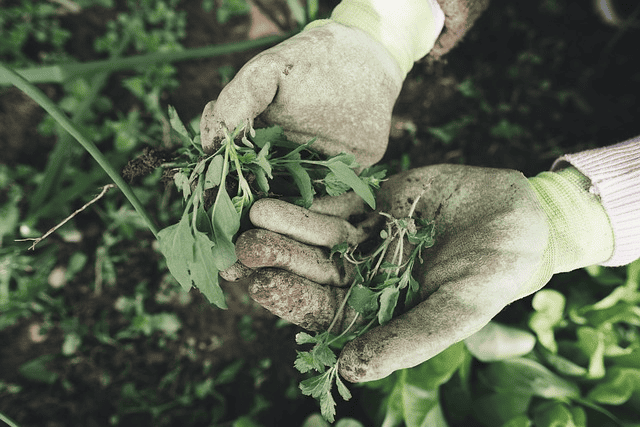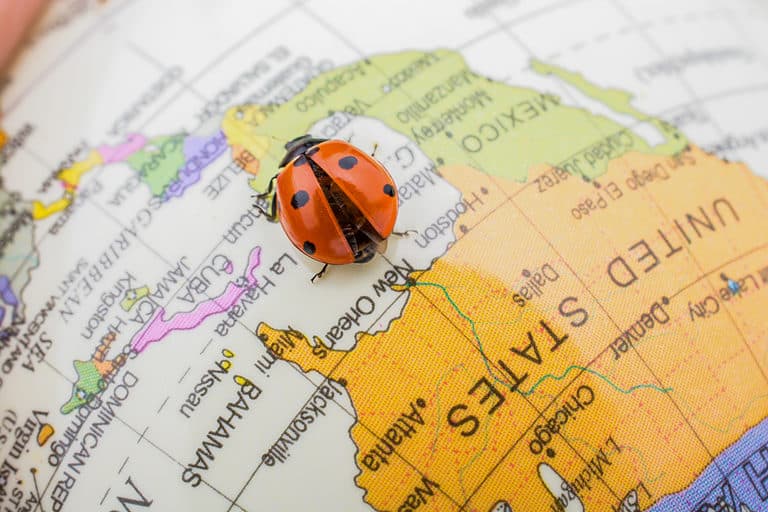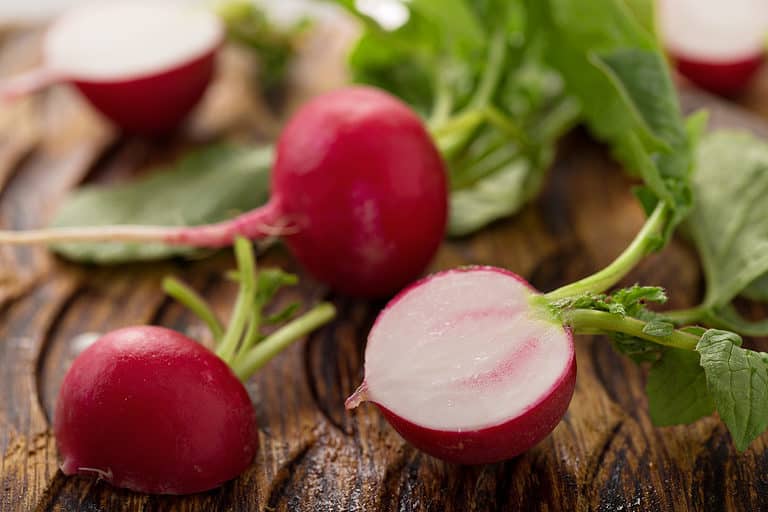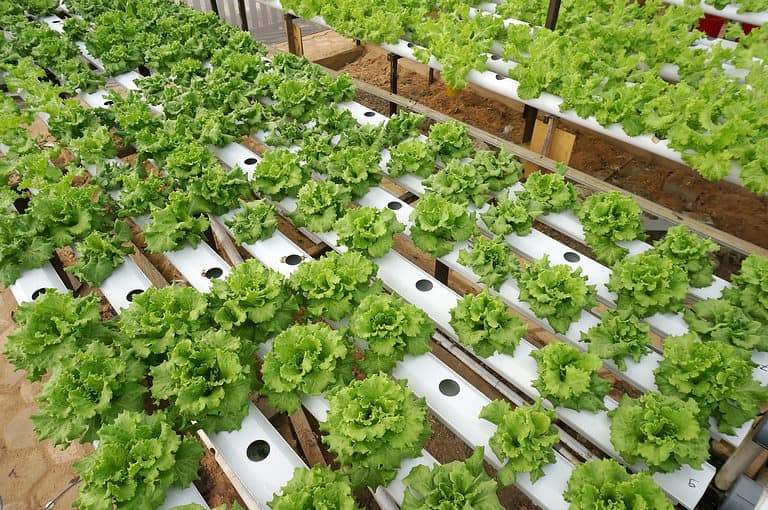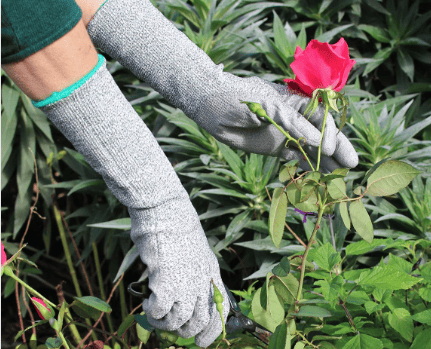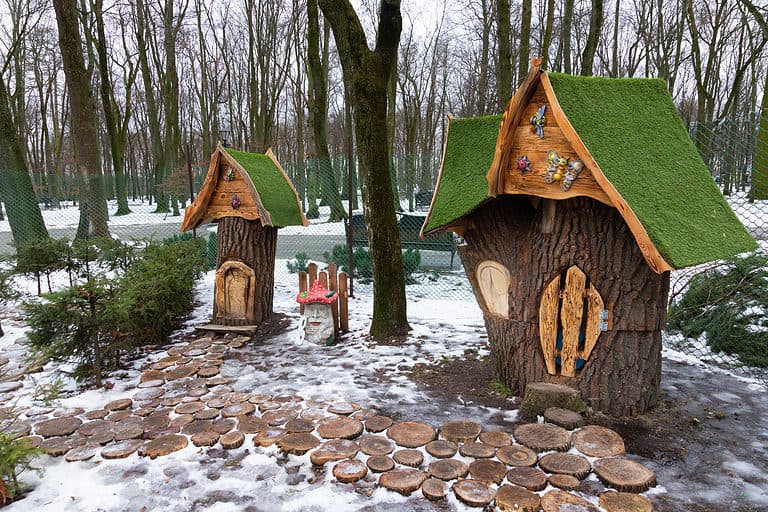Container Gardening for Beginners: A Simple Guide to Starting Your Thriving Garden
Are you an eager beginner wanting to create a verdant and exuberant garden? Container gardening is the perfect solution for those who don’t have much space but desire a flourishing garden. All that’s needed are plants of your choice, some soil, and most importantly, containers! I hope this guide to container gardening for beginners will help you start now on this exciting journey into container gardening today. No big yard or experience necessary. Let’s begin!
Key Takeaways
Container gardening is a great way to start growing plants at home with minimal supplies.
Consider factors like weight, weather resistance, cost and size when selecting containers for your garden.
Maximize even the smallest spaces by utilizing vertical gardens and recycled materials while troubleshooting common issues along the way!
Getting Started with Container Gardening
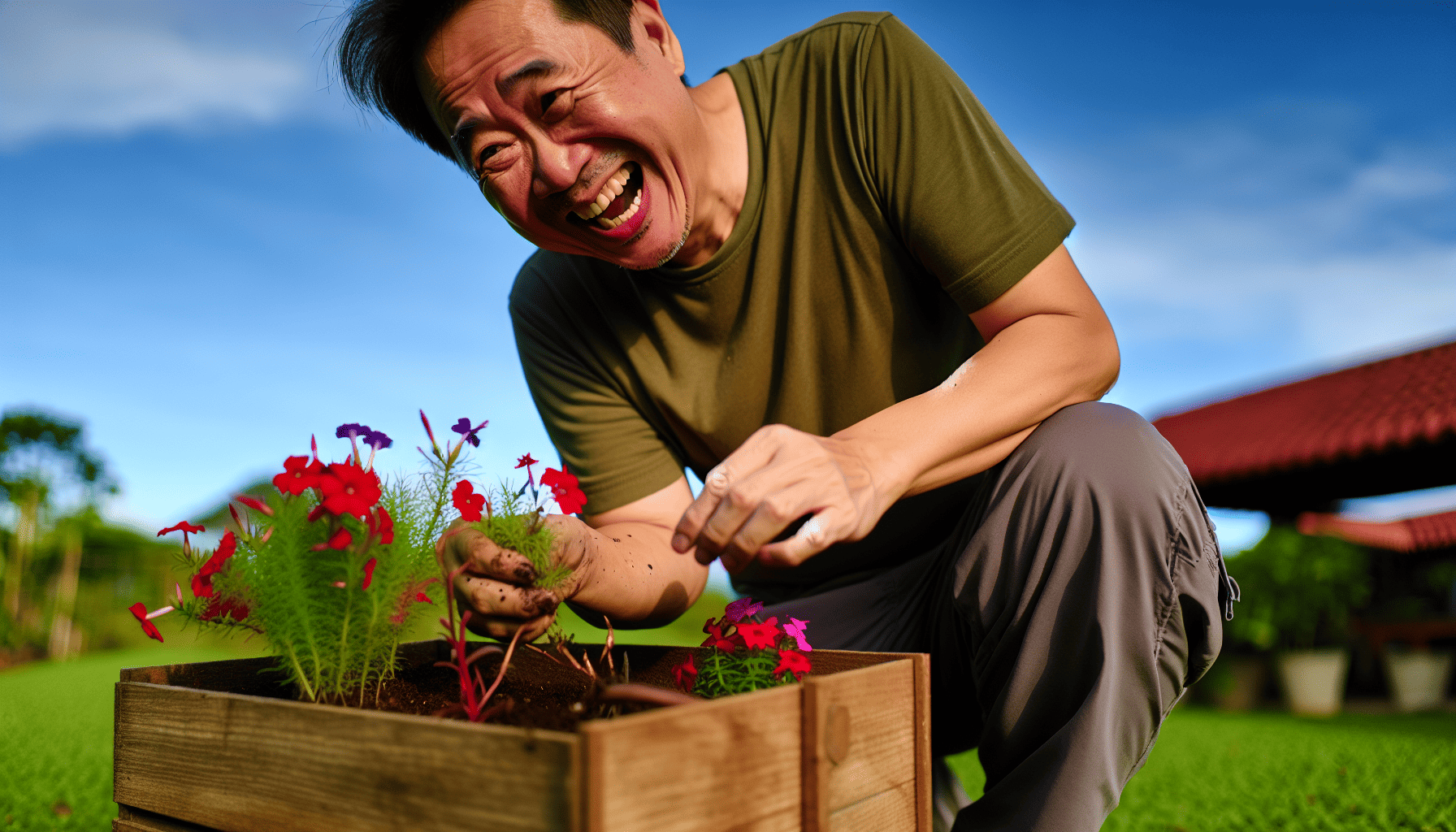
If you’re just starting out on your gardening journey, then container gardening is a great option. It’s hassle-free as it requires less dealing with common garden issues like weeds and pests while still letting you enjoy growing healthy plants in the comfort of your home! Plus, container gardening can be an enjoyable way to spend some time outside being productive by harvesting food grown from scratch.
To set up a successful container garden, it doesn’t have to take much work or cost too much – all that’s needed are plant seeds/plants, potting mix and containers (of course!). After gathering these items, select which type of plants best suits each specific requirement such as how much sun exposure they require for optimal growth. Arranging them comfortably inside the pots will finish off this stage perfectly.
With care and dedication into tending to the needs of each plant, soon enough there will be homegrown fruits & vegetables taking over one space after another!
Selecting the Ideal Containers
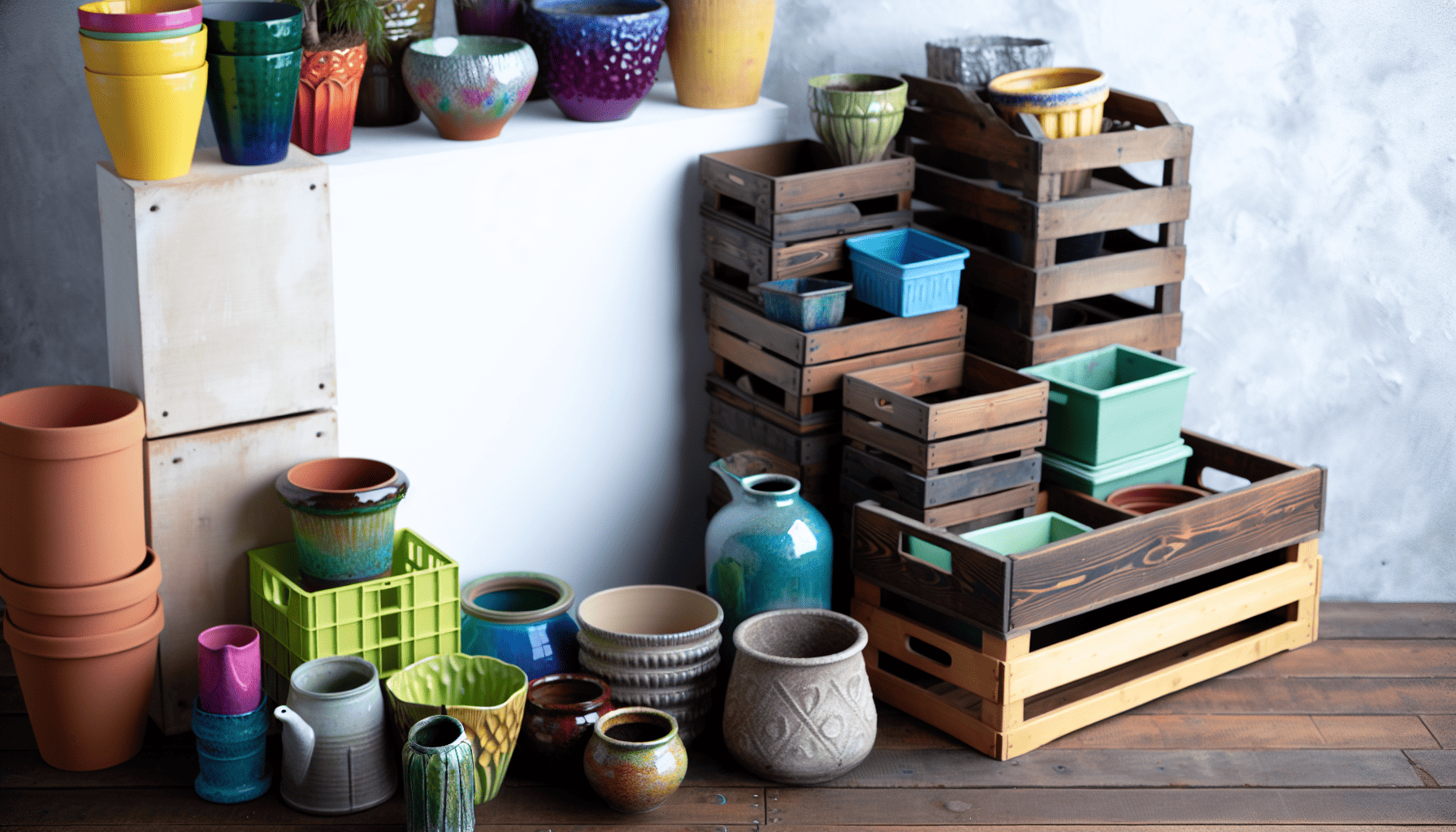
Choosing the right container is a key part of any successful container garden. You need to consider more than just looks and style. Think weight, weather resistance, cost – plus that all-important drainage hole! If you use liquid seaweed as fertilizer for your plants, it can have great results in terms of growth and production.
It’s also important to make sure the containers are large enough: most vegetables need at least 12 inches (30 cm) depth when it comes to soil – larger edibles like tomatoes or squash may require up to 5 gallons worth of space! Now that you’ve chosen which type/s best fit your needs, consider what’s going inside them before getting started on planting out those veggies…and don’t forget extra nutrients like fertilizer if needed too!
Material Matters: Pros and Cons
When it comes to selecting materials for containers, each one has its own pros and cons. Ceramics come in a range of colors and styles but can be prone to breakage if exposed to freezing temperatures or higher water evaporation rates. Wooden containers are strong-looking and comfortable for the plants, though they may cost more than other options and deteriorate over time from weathering. Plastic alternatives provide portability due to their lightweight properties along with durability at an economical price point – yet bear potential fading from UV exposure when kept outside too long. All things considered, it is necessary examine these factors – appearance, functionality and pricing before making your decision on container material choice!
Potting Mix vs. Garden Soil
If you are thinking about container gardening, a garden soil may not be the most suitable option. A lot of regular soils can be too dense and hold water for an extended period that could attract diseases or pests to your pot plants. It is advised to use soil-less potting mix, which is often called ‘potting soil’.
This kind of lightweight mixture has various benefits such as increased drainage rate and minimal risk for disease introduction when compared with traditional garden dirt. It comprises components like peat/coconut coir, perlite & vermiculite plus other fertilizers which deliver essential nutrients required by containers’ crops.
Planning Your Plant Palette
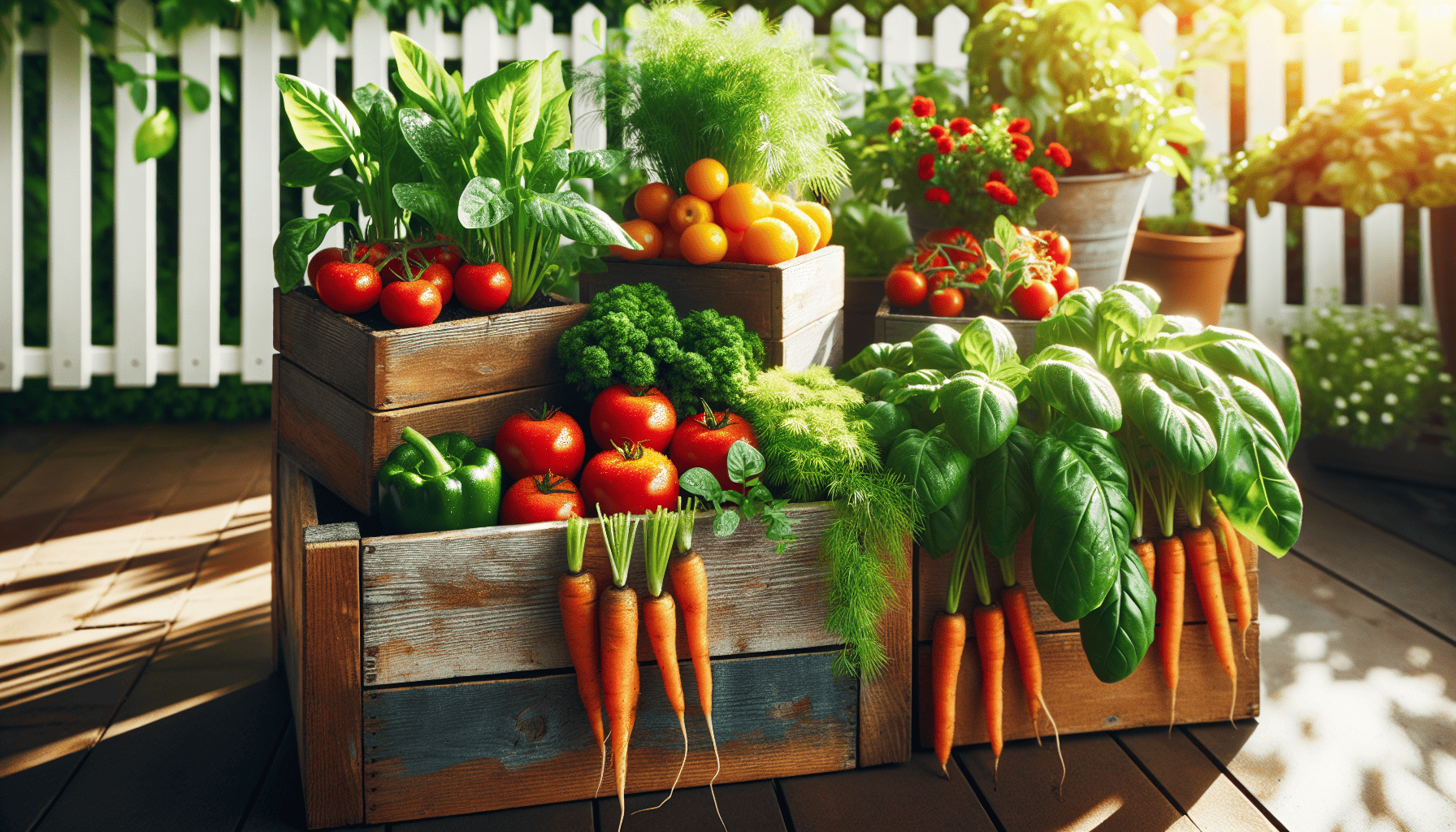
After getting your planters and earth ready, the following stage is to pick out the plants you want. This area permits a lot of creativity when arranging what kind of flowers or shrubs would do best in your container garden. Depending on local weather conditions, how much sun exposure your yard receives, and personal preferences, selecting an assortment that will prosper can be carried out with ease! From blooms for color contrast to food-bearing options – there are countless possibilities at hand.
Let’s assess various particular elements more closely now.
Color and Texture Combinations
Creating a captivating container garden is an art form. By combining plants with compatible shades and textures, you can craft striking arrangements that will dazzle the eye. As one example of how to design it – mix Canna flowers, calibrachoa ‘Superbells lemon slice’, salvia ‘Saucy coral’. Firecracker plant species, lantana ‘Bandana cherry sunrise’ plus sweet potato vines in colours like Margarita or Solarpower lime for warmth together within your pot collection.
Texture should also be taken into consideration when constructing this type of space. Blending up smooth foliage such as fern varieties alongside rougher elements like grasses brings another dimension and makes everything more aesthetically pleasing all around! But most importantly remember balance—that’s what gives any combo its real standout appeal!
Edible Options for Vegetable Container Gardening
Container gardening is a great way of not only growing stunning plants and flowers, but also to harvest your own food. Have you ever thought about going out on the balcony or patio, plucking fresh herbs or veggies for dinner? Not just convenient, but an excellent approach towards organic eating!
There are several types of vegetable plants that do well in containers. Peas and lettuce are ideal vegetables for novice gardeners. Taking care with these vegetables will result in regular harvests from your container garden itself!
The Essentials of Watering Plants
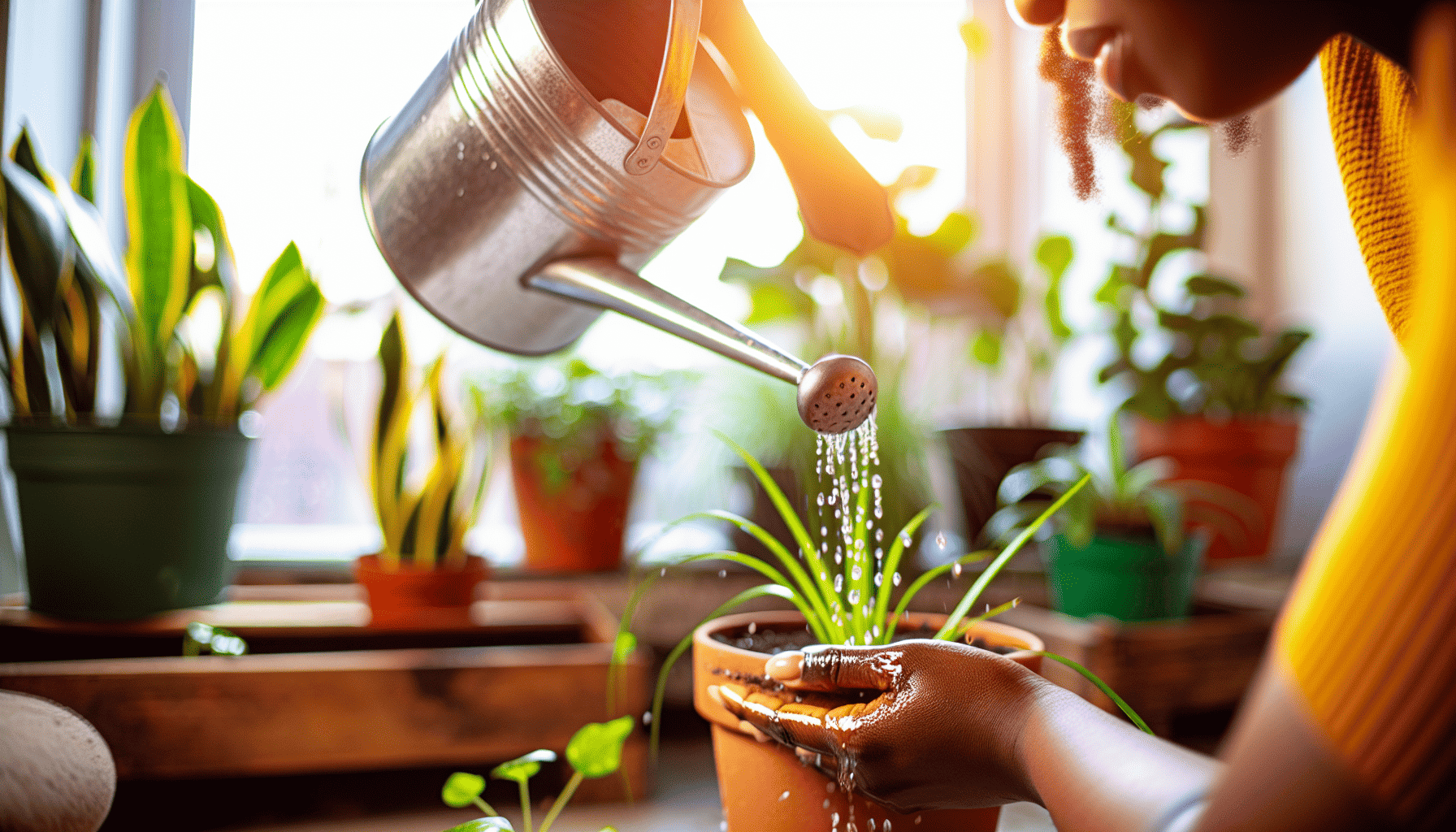
It is imperative to practice suitable watering habits for a healthy container garden. But, how do you know when your plants require it? Here are some suggestions: Inserting your finger an inch into the soil will tell you if they need water or not. Do remember that only the soil should be watered and nothing else like leaves etc. Adjust this procedure depending on weather. E.g., more frequent irrigation might be required during hot temperatures.
Drainage also plays a major part in keeping gardens successful – let us discuss about drainage considerations related to containers and plant care.
Drainage Best Practices
Having enough drainage holes for your containers is essential to maintain a healthy container garden. With too few, the water can accumulate at the bottom of the pot, leading to soggy soil and even rotting roots. The ideal number should be 3-6 per 4-6 inches in diameter of said pots. When filling these with contents it’s best practice not include rocks or gravel but full coverage instead using only soil. This helps provide maximum growth potential as well as allows better flow through each area filled within all containers!
Nourishing Your Container Garden
Container gardens need special care to ensure that the plants have access to all necessary nutrients for growth and development. To meet this requirement, it is important to supplement these with additional nutrient sources through fertilizers. So what fertilizer will work best? Here are some pointers:
In a container garden, since water can easily wash away essential nutrients from soil or composts used in containers, the use of appropriate plant food ensures healthy plant growth as well as providing continuous nutrition over time so that plants do not become deficient. Thus, suitable selection of liquid feeds or other forms of fertilisers helps keep your container garden productive by offering vital nourishment and supplies key micronutrients like iron.
Choosing Fertilizers
When it comes to container gardening, selecting the right fertilizer is very important and can have a significant impact on the health of your plants. A popular choice for this type of garden are slow-release organic fertilizers which supply essential nutrients over time rather than all at once. Even though these may take longer to show results, they are much more beneficial in the long run as opposed to synthetic ones that could be dangerous both for soil and environment if used improperly. For optimal effect but with eco-friendliness taken into account, liquid fertilizer might prove suitable option when choosing which kind should best suit your or your containers’ needs – allowing healthier plant growth while protecting their surroundings from being harmed by excessive use any nonorganic means otherwise employed unnecessarily.
Designing Your Container Garden
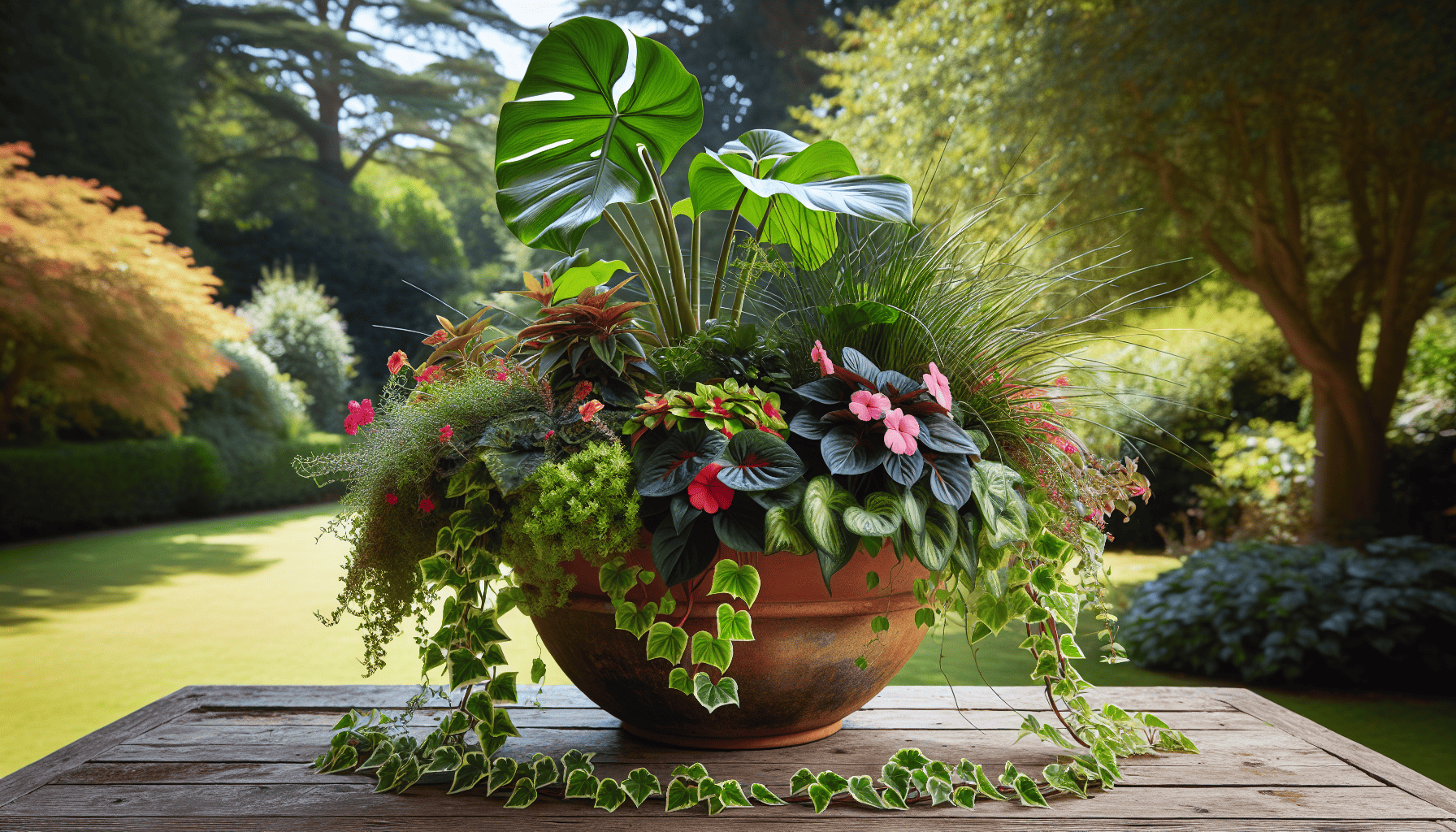
Now the real enjoyment begins with designing your container garden! Unleash your creativity as you arrange and organize your plants into a visually stunning but practical arrangement. One of the most popular ways to create an eye-catching yet balanced container garden is by applying what’s called the thriller-filler-spiller technique, sure to spark interest! Let’s take a closer look at how it works.
The Thriller-Filler-Spiller Technique
Creating stunning container gardens can be easily accomplished with the thriller-filler-spiller technique. When choosing plants, their height, color, texture and growing habits should all come into consideration. For example, a dwarf Alberta spruce or an artichoke could work as your ‘thriller’, while hostas and ferns would create nice ‘fillers’ which will fill in any empty spaces. Lastly, ‘Goldi’ creeping Jenny along with English ivy provide beautiful spillers that drip over the sides of the pot adding dramatic flair to tie it all together aesthetically.
Maintaining Your Garden Through the Seasons
Maintaining a successful container garden throughout the year necessitates more than just planting and watering. Seasonal adjustments should also be made to ensure that your plantings continue to thrive. Keeping up with changes in each season can help you optimally maintain the health of your vegetation inside containers.
Let’s look at what modifications need doing for seasons so as to nurture high-quality harvests from this type of setup. Some small tweaks here and there will go a long way towards keeping everything green!
Seasonal Adjustments
As the year progresses, it’s important to adjust your container garden for optimal plant health. In spring, you can start planting flowers and new vegetables like cool-season herbs so that they’re prepared to grow during this warmer season. Once temperatures drop in autumn, watering should be reduced since plants will begin growing more slowly due to cooling air temperature.
It is also crucial when selecting which type of plants are best suited for each season because some may not do well with drastic climate shifts requiring Attention or protection from extreme weather changes while contained within a single pot or container garden space.By understanding these seasonal requirements properly, you’ll make sure all your containers remain vibrant throughout every part of the year!
Troubleshooting Common Container Garden Issues
Tending your container garden can sometimes be tricky and issues could come up, like wilting plants or pests taking over. Have no fear! The best course of action is to work out what the issue is then take steps to deal with it accordingly.
Common ailments for potted gardens include diseases such as powdery mildew and blight, unwelcome insects, and nutrient deficiencies in soil. You may need to do a bit of pruning if there’s something infected. You might have humdity-control needs. Maybe ensure proper drainage from waterlogging or amend watering/fertilizing schedules, prevention being much better than finding cures later on down the line! Keeping an eye on your containers regularly will help prevent problems from escalating too far out of hand when they first occur.
Maximizing Small Spaces with Container Gardens
Container gardening is highly flexible and thus perfect for any type of available space. Whether it’s a patio, balcony or large backyard area, these gardens can be used to beautifully fill up whatever room you have. To make the most out of your smaller spaces try inventive designs such as vertical/hanging gardens & window boxes that will really show off what container gardening has to offer! Reusable containers are an environmentally friendly way to save money while still having fun with garden-making, no matter how small your area may seem, there are endless possibilities when using this form of planting!
From Novice to Green Thumb: Growing Your Skills
Container gardening is a great activity to tackle, as you never stop learning. From the basic soil conditions to pests and illnesses, each new experience opens up Knowledge for growth. Overcoming these challenges with your plants helps strengthen not only their health but also yours as a gardener!
At first glance, it may seem daunting. Mistakes are just part of honing one’s skills in this field. Hence don’t worry if everything does not work out initially – simply keep experimenting, researching and enjoying yourself throughout the process until soon enough you become an expert container cultivator! Have fun while tending your garden – happy gardening indeed!
Summary
That’s a wrap on our comprehensive guide to container gardening for beginnersThi! From selecting the right containers and soil to planning your plant palette and dealing with common gardening issues, we’ve covered it all. Remember, container gardening is about more than just growing plants; it’s about creating a space that brings you joy and tranquility. So, go ahead, grab a container, plant something beautiful, and watch as your garden – and your gardening skills – bloom!
Frequently Asked Questions
What do I need to start a container garden?
To begin your container garden, all you need is a pot, some plants of your choice like flowers and vegetables just like in regular gardening setups, soil to fill the containers with and water.
Should you put rocks in the bottom of a planter?
For healthy plants, the addition of rocks at the bottom of planters should be avoided. Research has found that this does not in fact improve drainage and instead can leave roots dealing with soil which is overly saturated and unable to drain properly. Keeping these facts in mind will help promote a successful garden without compromising plant health.
What vegetables work well in container gardens?
If you want a garden full of delicious vegetables, container gardening is an excellent way to go! Growing tomatoes, potatoes, peppers, eggplants, peas and lettuce in containers can provide your own home harvest.
Can I use regular garden soil for my container garden?
For container gardening, it’s suggested to use a potting mix instead of traditional garden soil. This is especially true for containers as the specific blend found in these mixes are better suited for retaining moisture and providing nutrients.
What materials can I use for my container garden?
When you’re planning a container garden, several materials can make great containers – such as wood, ceramic, plastic, concrete and metal. Pick the right one for your purpose in order to succeed! Remember that when it comes to container gardening, whatever material used is important, so consider wisely what will fit best with all of your needs.

